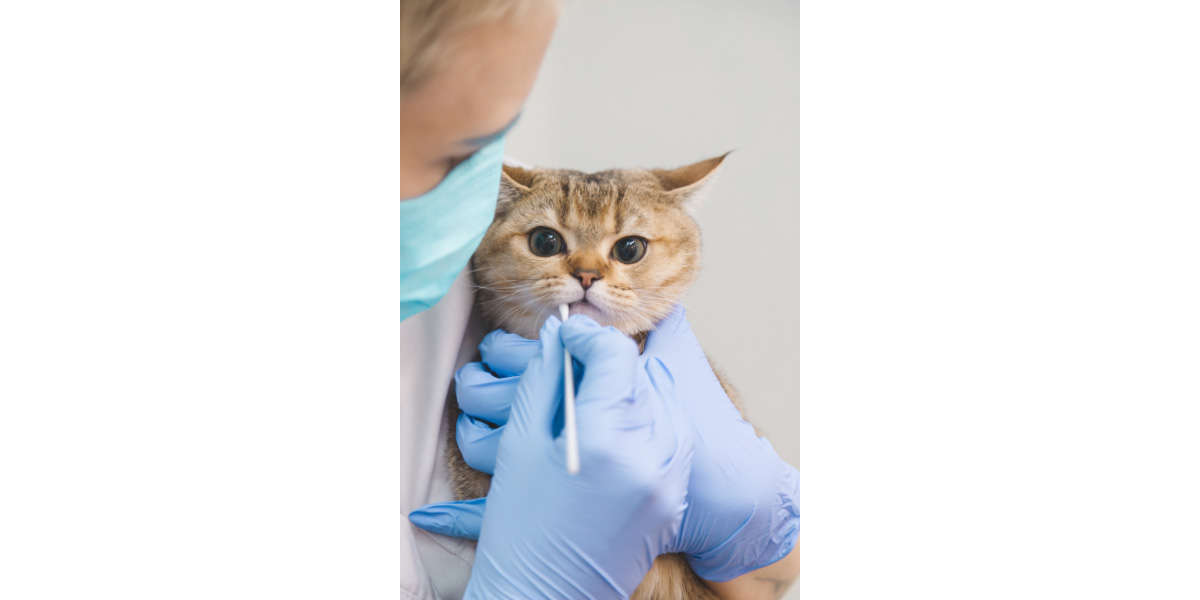
Save 35% with AutoShipUse code SAVE35 (Up to $20 max. Exclusions apply)

SAVE AN EXTRA $5 - $20 OFFUse code PETS in cart (Exclusions apply)

While efforts are made to answer all questions as quickly as possible, if an immediate answer is required or if your pet is in need of urgent or emergency care, contact your pet's veterinarian immediately.

You will receive an answer from Dr. Lindsay and our vet/tech team as soon as possible, usually the same day.
All answers are provided for informational or educational purposes only, and are intended to be a supplement to, and not a substitute for, the expertise and professional judgment of your pet's veterinarian.
It may be necessary to consult your pet's veterinarian regarding the applicability of any opinions or recommendations with respect to your pet's symptoms or medical condition.
Close
An error has occurred, please reload the page and try again.
CloseWhile efforts are made to answer all questions as quickly as possible, if an immediate answer is required or if your pet is in need of urgent or emergency care, contact your pet's veterinarian immediately.
There is no answer related to your question

Periodontal disease is a painful bacterial infection that affects the gums, ligaments, and bone that support the teeth. Thankfully, you can prevent it with good oral hygiene. In honor of Pet Dental Health Month, learn how to keep your dog or cat’s mouth clean, healthy, and pain free.
The word “periodontal” means “around the tooth.” The roots of each of your pet’s teeth are protected and surrounded by their gums, and beneath the surface, the periodontal ligaments anchor the root of the tooth to the jawbone.
After each meal, food particles can remain in the crevices of your pet’s teeth and gums. These food particles, if not removed through brushing, can foster the growth of oral bacteria. Bacteria, food particles and saliva combine to form sticky plaque, which can build up at the gumline. This buildup triggers swelling, redness, and irritation, and if left untreated, the inflammation can begin to reach deeper tissues and lead to permanent damage.
Periodontal disease in pets can progress through four stages.
Stage 1 or Gingivitis is the earliest stage of gum disease. Most pets have some amount of mild gingivitis that may affect one or more teeth. You might notice puffy gums, redness at the gumline, and a little bit of bleeding when you brush your pet’s teeth or when they chew on a bone or toy. Mild gingivitis is not painful, though it can progress to more severe stages of periodontal disease.
Stage 2 happens when gingivitis has advanced and chronic inflammation has begun to affect the ligaments that anchor the tooth to the jawbone. At this stage, permanent, irreversible damage will have already occurred, though your pet will be in little to no pain. There may be “pockets” between the tooth and the gum where the gumline has started to recede. In cats, there may also be buccal bone expansion, in which the bone tissue below the gumline expands. This can cause the tooth to appear larger.
Stage 3 occurs when the ligaments and root of the tooth are 50% destroyed. Above the gumline, Stage 3 may not look much different than Stage 2. The bone loss can be seen in an x-ray, which must be taken while the pet is sedated.
Stage 4 is, visibly, more obvious, with severe swelling, bleeding, and tartar buildup at the gumline. The affected tooth or teeth will need to be surgically extracted, or they will most likely fall out on their own, possibly leaving behind retained bone tissue which can lead to further, painful complications.
Severe periodontal disease can continue to spread to other parts of the body. Oral bacteria can spread and may cause kidney, heart, and liver damage, and it can also destroy the sinuses and even cause blindness.
As many as 80% of dogs and 70% of cats will have some level of gum disease by the time they’re just three years old. For many pets, this means mild gingivitis, while others will experience painful inflammation, bleeding, and tooth loss. Small dogs and cats are at greater risk for advanced gum disease because their mouths tend to be small and crowded, with many tight nooks in which food particles and plaque can build up.
Plaque begins to harden and form tartar in as little as 24 hours after your pet’s last meal. With daily brushing, you can eliminate plaque before it can cause harmful bacterial buildup and inflammation. If you’re unable to brush your pet’s teeth every day, supplement with dental chews and water additives. You can also try brush-free alternatives like tooth wipes, gels, and sprays, though brushing is the most effective way to break down sticky plaque.
Pets need professional dental cleaning from a veterinarian once every other year to twice yearly depending on their level of risk. A professional cleaning under anesthesia allows your vet to take x-rays to assess your pet’s teeth beneath the gumline and look for bone loss.
Periodontal disease is common in pets, and it can happen even to those that are otherwise loved and well cared for. If your pet has any signs of periodontal disease, including inflammation, bleeding, and tartar buildup, or it’s just been a while since their last dental appointment, call your veterinarian today.
 Swipe
Swipe